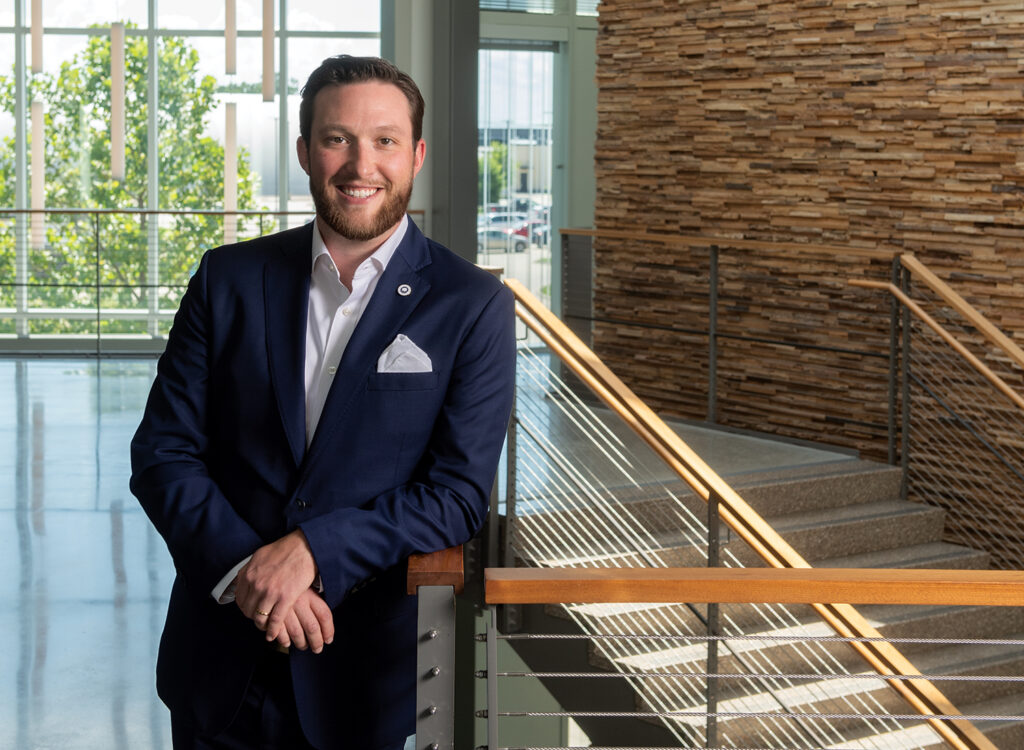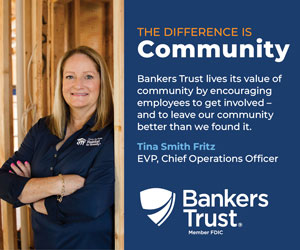NOTEBOOK: What we learned at EntreFEST 2019

KATE HAYDEN May 30, 2019 | 4:02 pm
3 min read time
782 wordsBusiness Record Insider, The Insider NotebookPositioning for success
April Dunford, CEO of Ambient Strategy and author, says she has heard every misinterpretation of business “positioning” under the sun.
“If there’s one concept that is comically, tragically, heartbreakingly misunderstood in marketing, it is positioning,” Dunford told attendees at the close of EntreFEST 2019 on May 17.. “It’s so bad that whenever I talk about positioning, I usually have to start by telling people what positioning is not.”
In short, it is not: messaging, taglines, vision or branding.
It does: “[Define] how our product is the best in the world at something that a well-defined set of customers care a lot about,” Dunford said. “Great positioning just feels like everything’s easy. Bad positioning feels like you’re dragging a ball and chain around behind you.”
Dunford often consults with startups in the U.S. and Canada that are receiving a lot of money from investors, and not a lot of attention from potential customers. One of her biggest warnings to businesses is to identify competitors carefully: “You’ll mess it up if you pick the wrong competitors,” she said.
Thus, an automated industrial robot that kept getting mistaken by clients as a Roomba was identified by its creators as an industrial, artificial intelligence-driven autonomous vehicle. An “email-for-lawyers” product, which didn’t include a calendar, was identified as a team collaboration tool with secure file-sharing capabilities for sensitive documents.
“Folks have an idea about something in their head when they went to develop it; … fast-forward a couple of years, and you got a thing that looks completely different,” Dunford said. “Deliberate positioning is all about taking a step back and saying, ‘Is that really what we are? Is this the best way to position this thing?’ ”
Marketing of the future?
There is one singular marketing chart that made brief appearances in at least two EntreFEST sessions: the Marketing Technology Landscape Supergraphic of 2019, published by chiefmartec.com, which categorizes 7,040 marketing technology platforms under one color-coded and sectioned system for marketers to refer to. To those who have never seen the chart before, it is a bomb’s worth of logos.
“If you have amazing eyesight, you’ll see almost all of those [logos] in there — tons of services, platforms, software applications, solutions that pitch something they can help you with,” said Josh McNary in his technology and marketing session. “For my money, this is the best overall quick look at business sales and marketing-related software and technology you can get on one slide.”
For comparison, here’s the 2012 chart April Dunford pulled up with all 350 companies.
“I worked at a martech company, and we had long conversations about this thing,” Dunford recalled. “We thought it was so terrible five years ago — how can anyone figure this out? It’s impossible here now.”
What can’t AI do?
“God have mercy on the shepherdess and her master, for he was a lover of the fire./ The dog loved her, and when she saw me, she found nothing wrong with it.”
Poetry enthusiasts will have opinions on whether that verse is good or bad, but there’s no denying that it’s pretty good writing from an artificial intelligence program — especially as an original work. Brad Dwyer, founder of social media gaming company Hatchlings, demonstrated on May 16 how AI programming is leaping into previously human-only creative endeavors, including writing, painting, musical compositions and generating entirely new ideas.
“What is it not good at? The scary answer is that I was sure that it was never going to do those things five years ago, and now I have no idea what the answer to this question is,” Dwyer said. “It seems like wherever we think that boundary of this technology stopping is, we just fly past that.”
A new migration wave
The effects of an oversaturated population on the U.S. coasts are making waves — all the way to the Midwest within the next 20 years, said Zack Mannheimer, principal of community planning at McClure Engineering.
“If you’re a young person or an entrepreneur or a creative in any way, the last place you should be is a major city,” Mannheimer said.
He argued the second-wave cities — Austin, Denver, Minneapolis and Nashville — are hitting their own oversaturated population point.
“We’re in the rise of third cities today, and that’s places like Des Moines, Little Rock, Ark., Birmingham, Ala. … But we believe as things speed up by 2030, even those third-wave cities are going to be oversaturated,” he said.
Who’s left? That would be the rural communities of America — and it’s why Mannheimer argues those communities need to be planning for the housing, infrastructure and amenity offerings now for a higher population.








